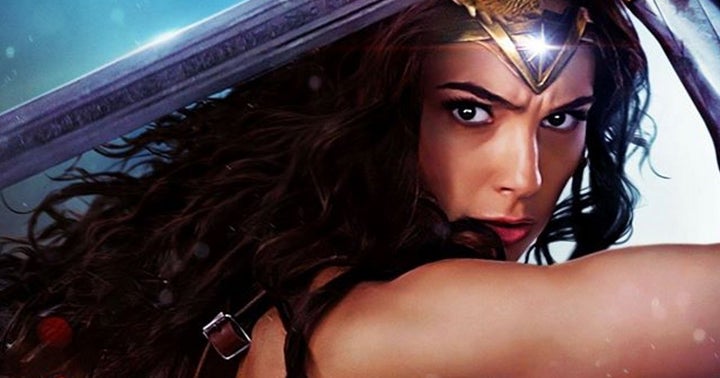The success of the new superhero movie “Wonder Woman” raises the old question: can a woman be sexy and a feminist at the same time?
“Wonder Woman” achieved commercial success and was critically praised. But the film has also garnered a smattering of criticism, mainly that her combination of action hero and attractive woman renders her less feminist icon and more, in the words of one critic, “weaponized Smurfette.”

Action films are a unique genre for feminist advances. Superhero movies have a history of testosterone (a hormone women produce as well as men) soaked violence, and traditional male heroes. For years there have been calls for more leading women in strong action roles. But superhero movies also feature individuals, male or female, with amazing physiques, and a woman leading an action film is, by necessity of the film’s genre, going to be subjected to violence. Do such films objectify women or promote violence toward women, even if they feature a strong female lead?
This seems to be the concern of some critics. Writing in CNN, Louis Beale equates a “bodacious” Wonder Woman with sexism, wondering why there are not more movies like “Hidden Figures.” Where are the biopics about Harriet Tubman or astronaut Sally Ride? Although focused on earlier movies such as “The Hunger Games” and “Maleficent,” author Kelly Oliver equates female-centered action movies with sexualized violence including rape in real life.
In 2016 the United Nations dropped “Wonder Woman” as an official ambassador amid protests that she objectified women. A petition started by some UN workers complained, “the reality is that the character’s current iteration is that of a large breasted, white woman of impossible proportions, scantily clad in a shimmery, thigh-baring body suit with an American flag motif and knee-high boots ―the epitome of a pin-up girl.”
Technically, that description fits an older iteration of Wonder Woman, not the current one, but no matter.
The existence of “Wonder Woman” doesn’t prevent the making of other movies like “Hidden Figures.” Both genres can exist simultaneously. Action movies have featured tight clothes and excellent physiques for both males and females as a matter of recourse. Evidence that such depictions harm viewers has remained elusive. Is it impossible for “Wonder Woman” to promote a depiction of a strong, intelligent, determined woman if she is also wearing an Amazon costume?
These controversies reflect a divide within modern feminism… contrasting “practical feminism” from its more ideological, academic counterpart. In recent years, practical feminism… feminism devoted toward applied goals such as equal pay for equal work, reducing violence toward women worldwide, encouraging girls and women to enter STEM careers, and indeed more positive portrayals of women in media has seen a resurgence. Led by such avatars as Emma Watson and CHVRCHES’ Lauren Mayberry, practical feminism has become “cool.” Clearly, practical feminism challenges a countercurrent of paternalistic boorishness, but the core concepts of practical feminism… that people should be judged by what they do rather than on demographics, is a compelling perspective.
But all advocacy efforts, no matter how deserving, can run the risk of developing rigid, jargon-filled, political views that make the perfect the enemy of the good. Part of the issue too, is our assumption that fictional characters need be the same type of role-model as are real people. Consider, for example, Maria Goeppert Mayer, the German-American scientist who won a Nobel prize for her work in atomic physics. Dr. Mayer is an excellent role-model, particular for women and girls (and boys too!) who may be interested in careers in STEM. But I’m not sure that we need restrict ourselves only to role models like Dr. Mayer.
Fictional characters, particularly from action movies, seem to exist as entirely different sorts of role-models. We expect our action heroes not to be quiet geniuses, but paragons of moral virtue, courage and physical bravery. Wonder Woman fits these qualities excellently. She is a hero and a role model because of what she does not because of how she dresses, nor even because she is a woman per se. It is unfortunate that, historically, film did not naturally gravitate toward gender egalitarianism in portrayals of heroism. As film finally begins to lurch in this direction, whether in action movies or biopics of real women, we should recognize this and vote with our wallets if this is something we wish to see more. “Wonder Woman” and “Hidden Figures” are not in conflict, but both move toward greater egalitarianism in film, albeit in different ways.
In short, “Wonder Woman” may not be perfect. But she is a remarkable advance for a genre of film historically dominated by males. And she provides an excellent role model for girls and boys alike. But we’re not all the way to film egalitarianism yet. Rather than lambast “Wonder Woman,” we might better ask why Laureline has been dropped from name credit for the film “Valerian and the City of a Thousand Planets.” Equal credit for equal work!
